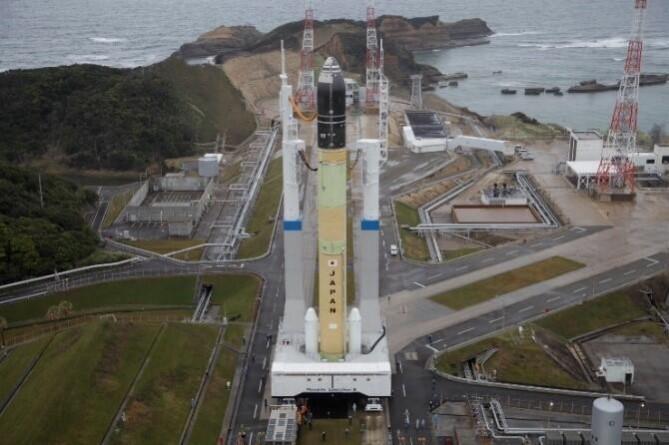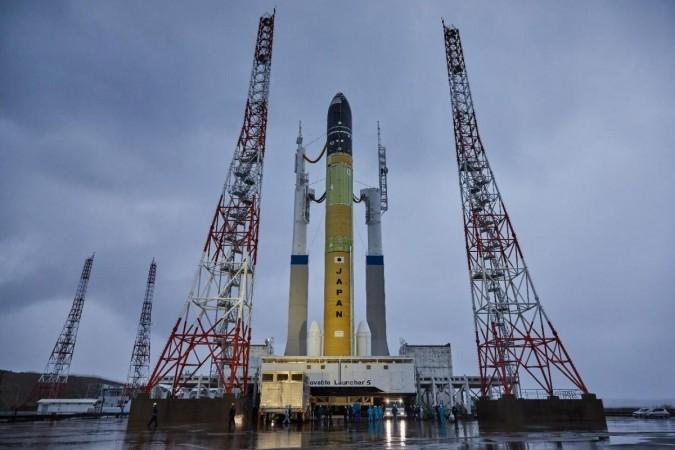Japan's space agency confirmed that its new flagship H3 rocket with Daichi-3 satellite onboard failed to lift off as scheduled on the day due to an ignition failure.
Japan's first H3 rocket failed to launch from the Tanegashima Space Center in Kagoshima prefecture on Friday morning after the booster engines were unable to ignite, according to the Japan Aerospace Exploration Agency (JAXA).

The agency said it is investigating the launch failure, JAXA said. "Regarding today's scheduled launch of H3 Launch Vehicle, we have a report that the main engine was ignited but that the SRB-3s were not. We are confirming the situation," said JAXA in a statement.
The H3 Launch Vehicle seeks to achieve high flexibility, high reliability, and high cost performance, offering several lineups by selection of two types of fairings, two or three first-stage engines (LE-9), and zero, two or four solid rocket boosters (SRB-3) to deal with various payload sizes and orbits.
H3's launch capability to the geostationary transfer orbit (GTO) will be the highest ever, exceeding that of the existing H-IIA and H-IIB Launch Vehicles, said JAXA website.

H3 is under development to be a successor to H-IIA and H-IIB so that Japan can maintain its autonomous access to space to launch satellites and probes including important missions for the government. We are eager to launch commercial satellites every year as well.
Delayed twice
JAXA and its prime contractor, Mitsubishi Heavy Industries (MHI), and other related companies are all hands on deck from the development phase to leverage their experiences to renovate the whole system for producing a low cost, flexible and reliable rocket.
The launch of the H3 rocket, Japan's successor to the H2A rocket, its previous mainstay launch vehicle, was initially planned for February 12 but delayed to February 15 owing to a glitch in the rocket's flight system, and then again pushed back to February 17 due to unfavourable weather conditions.

















